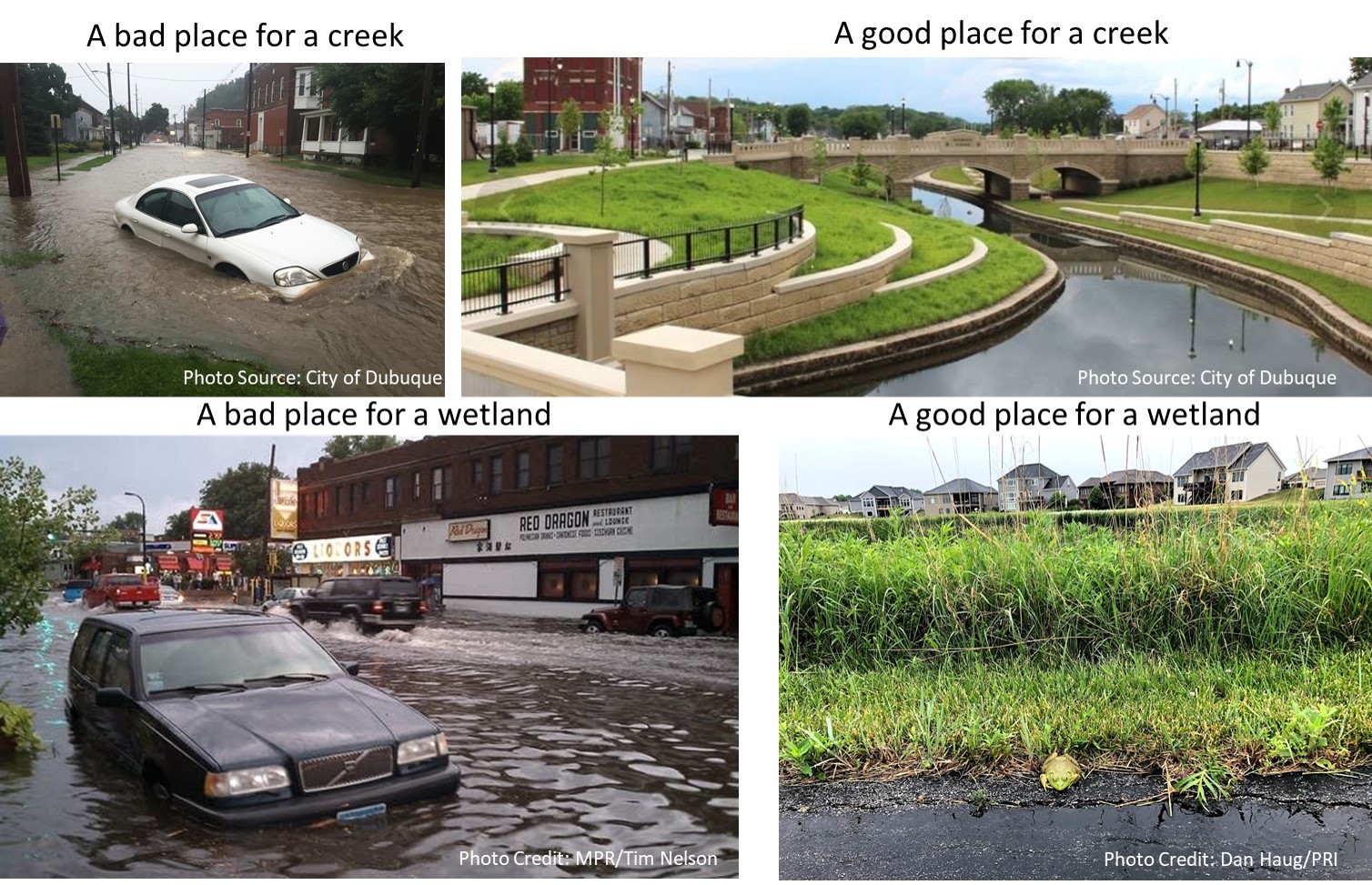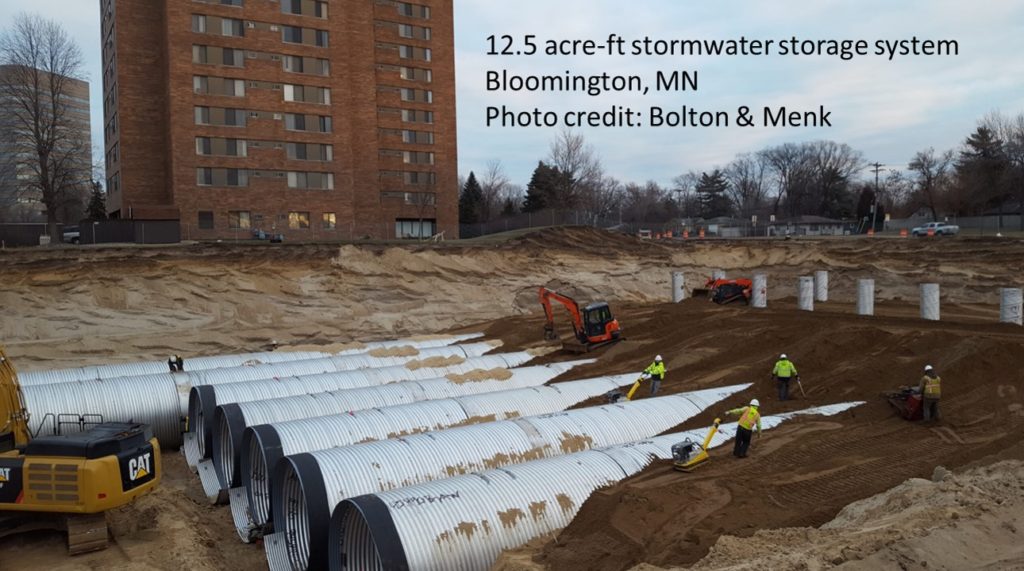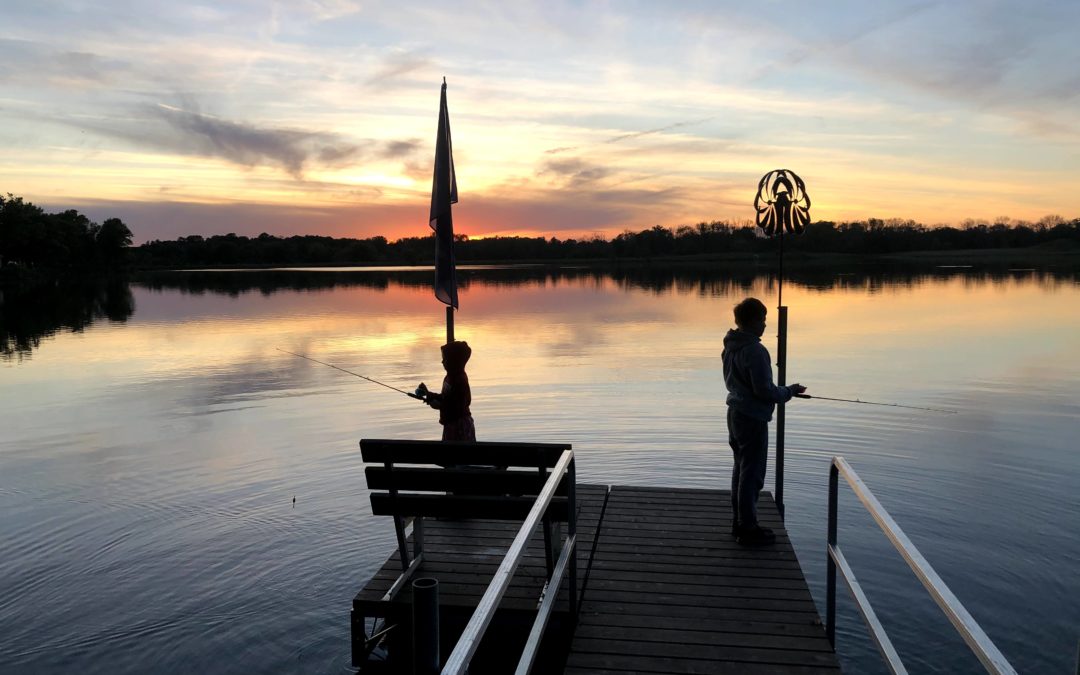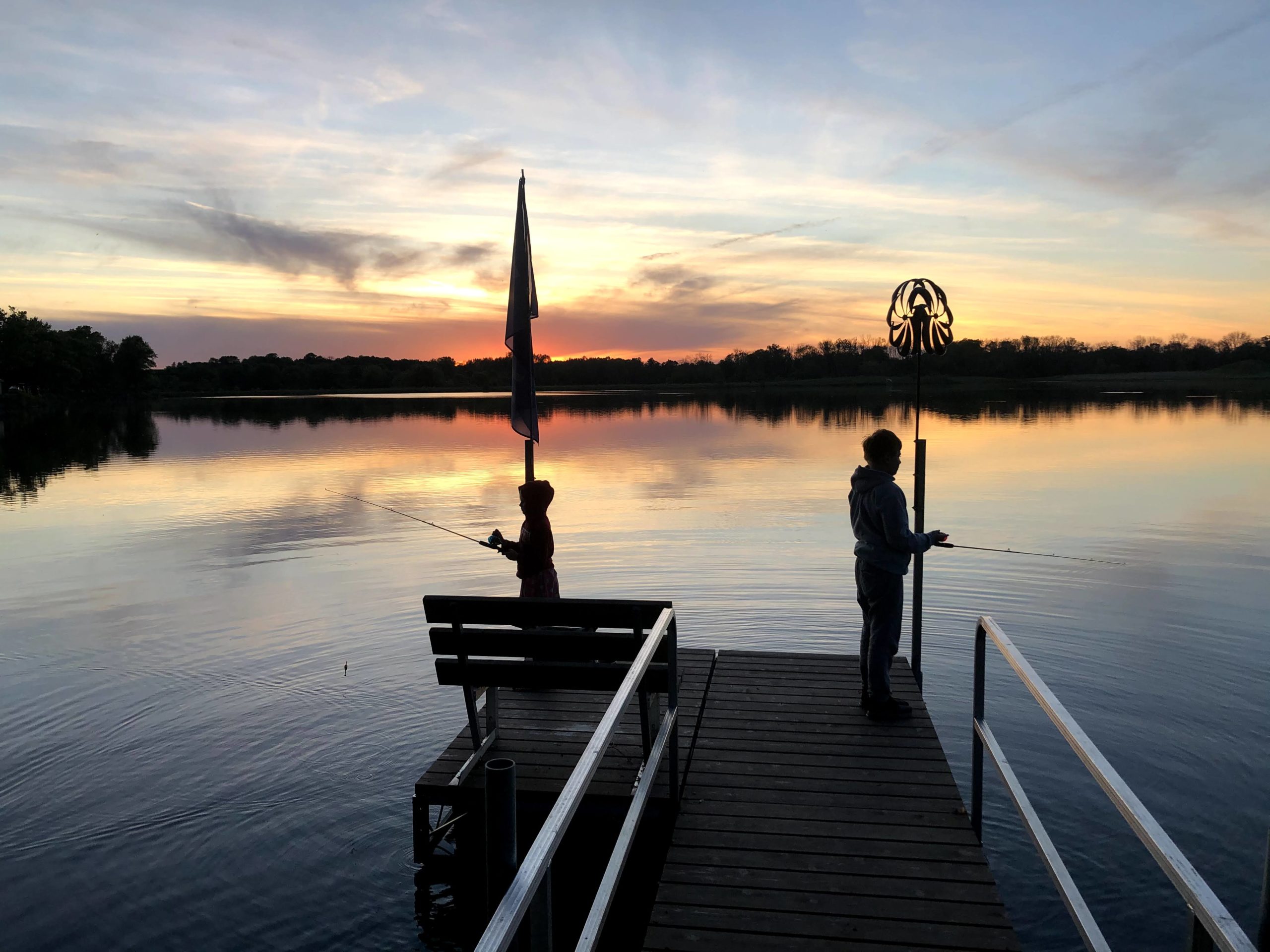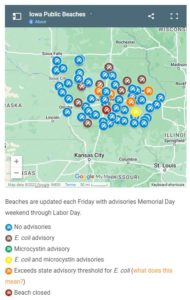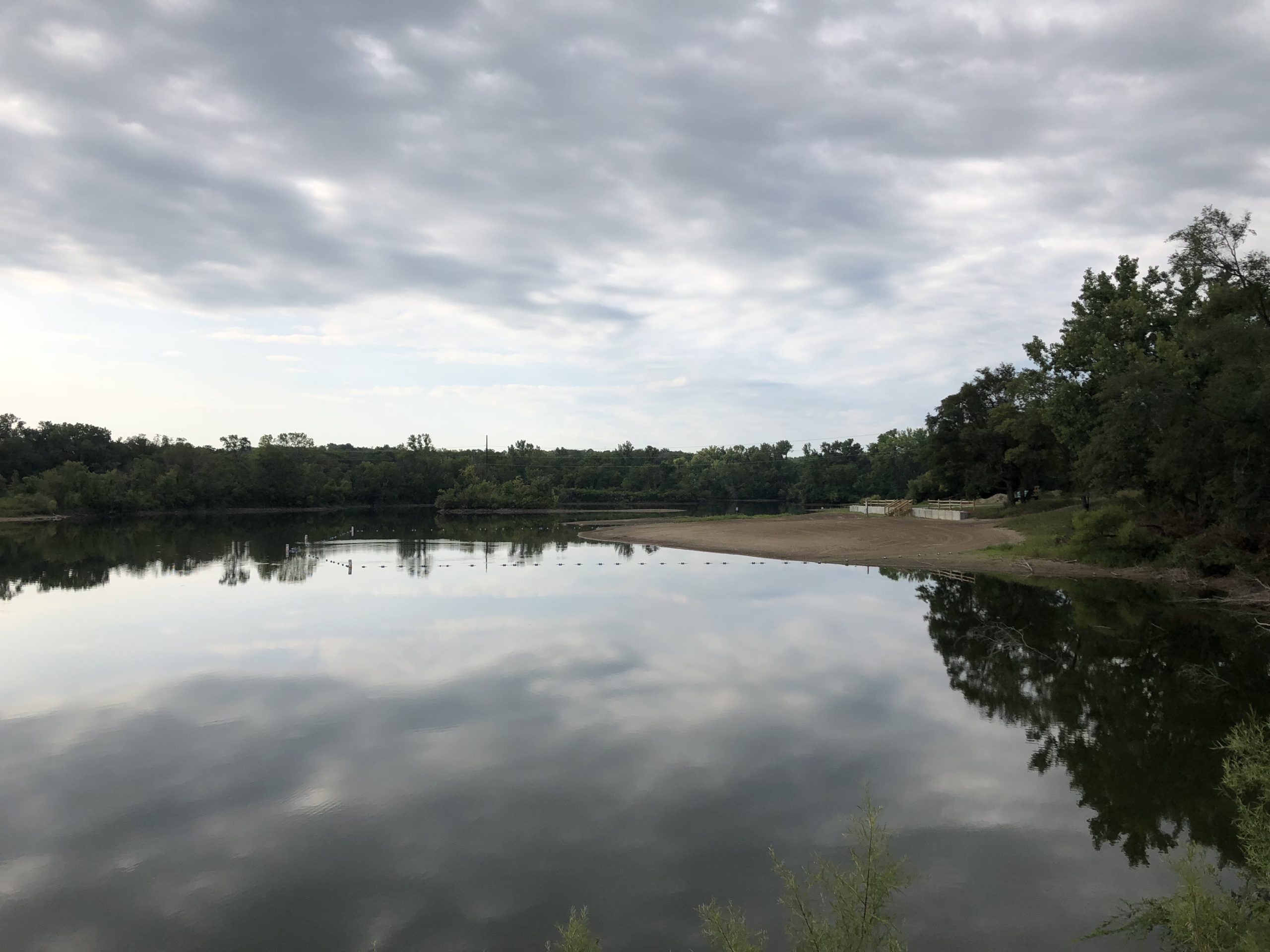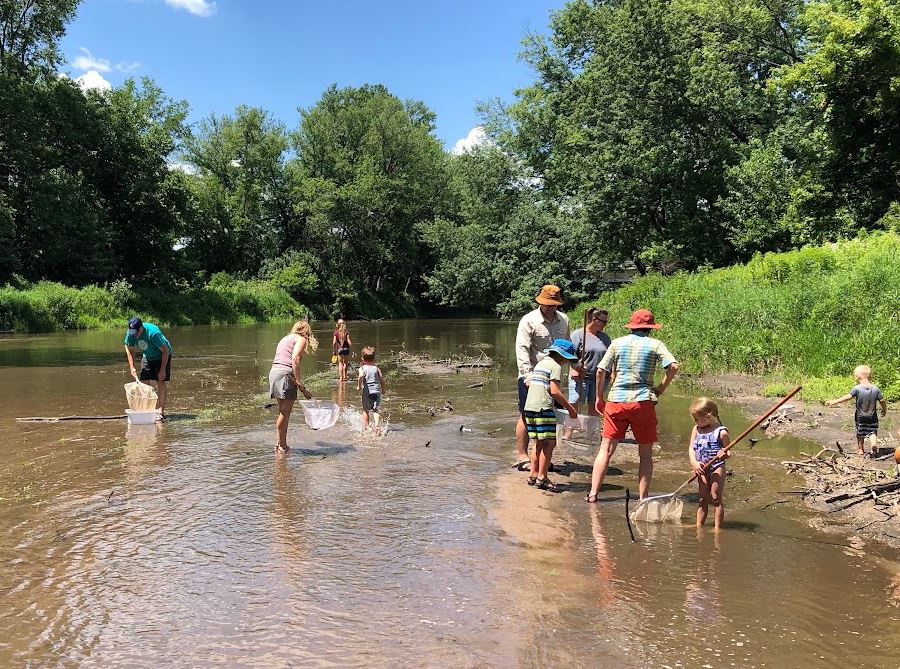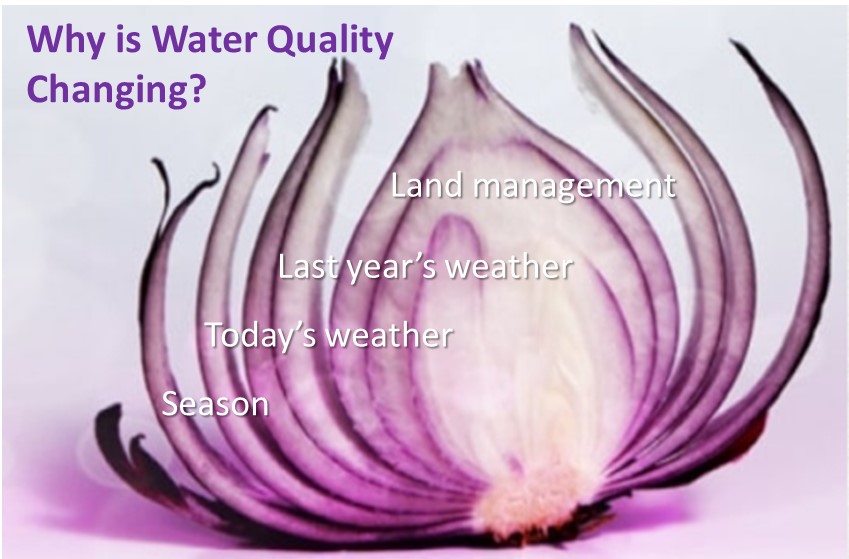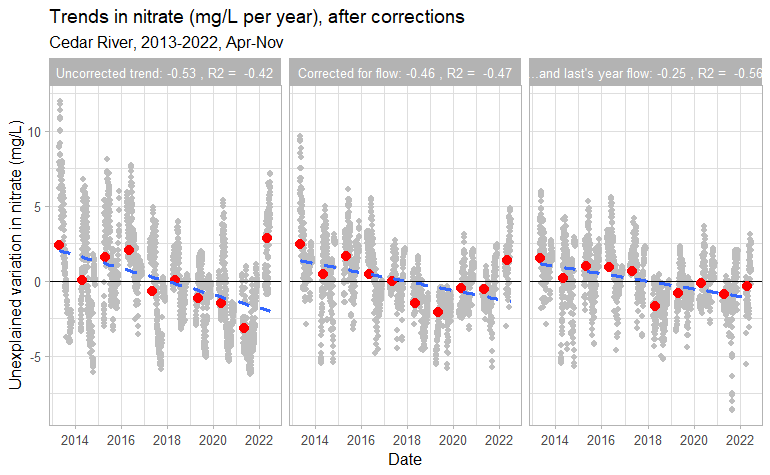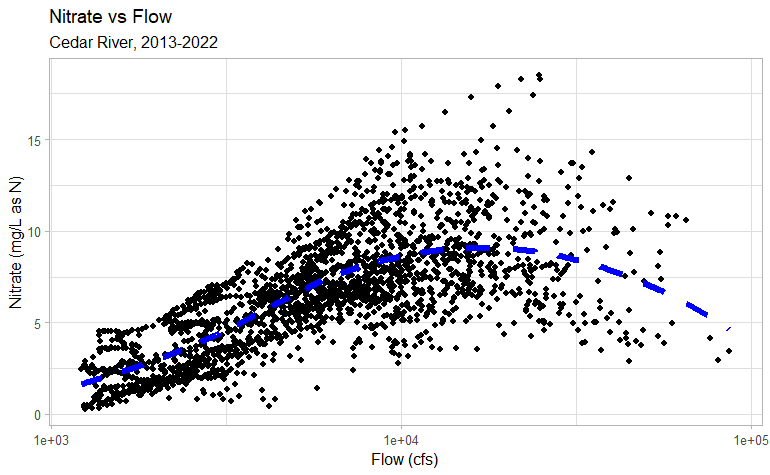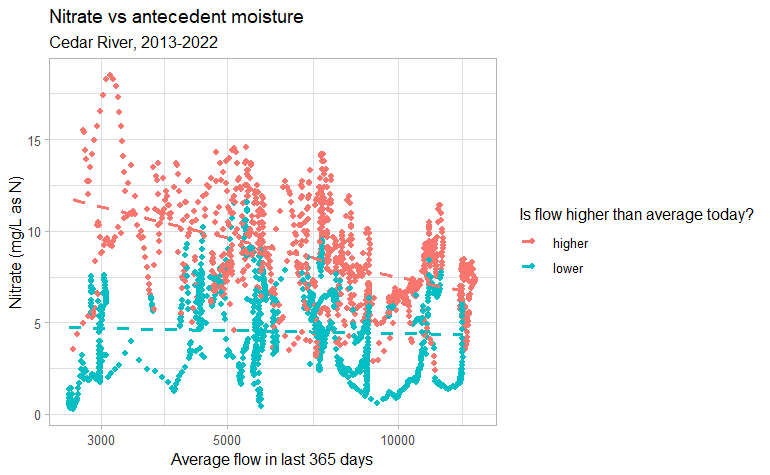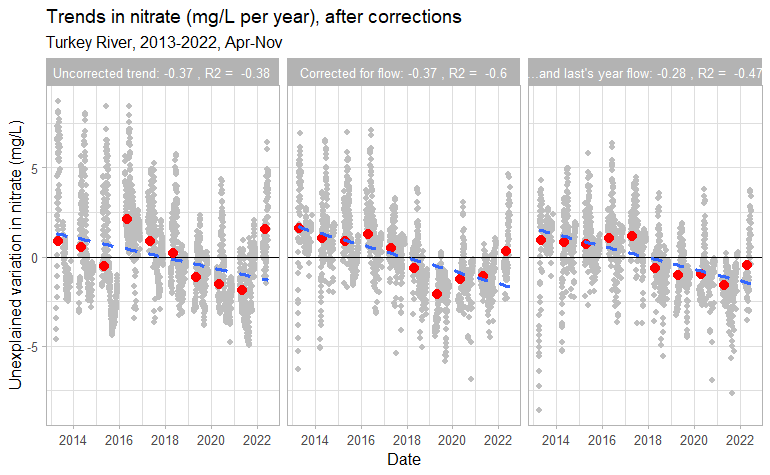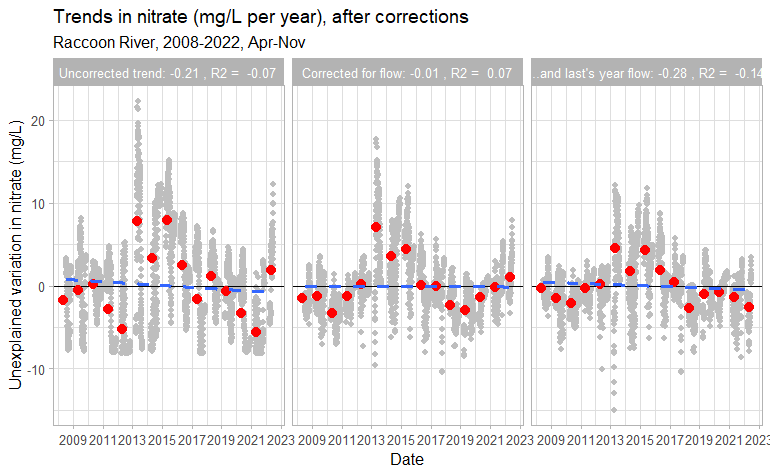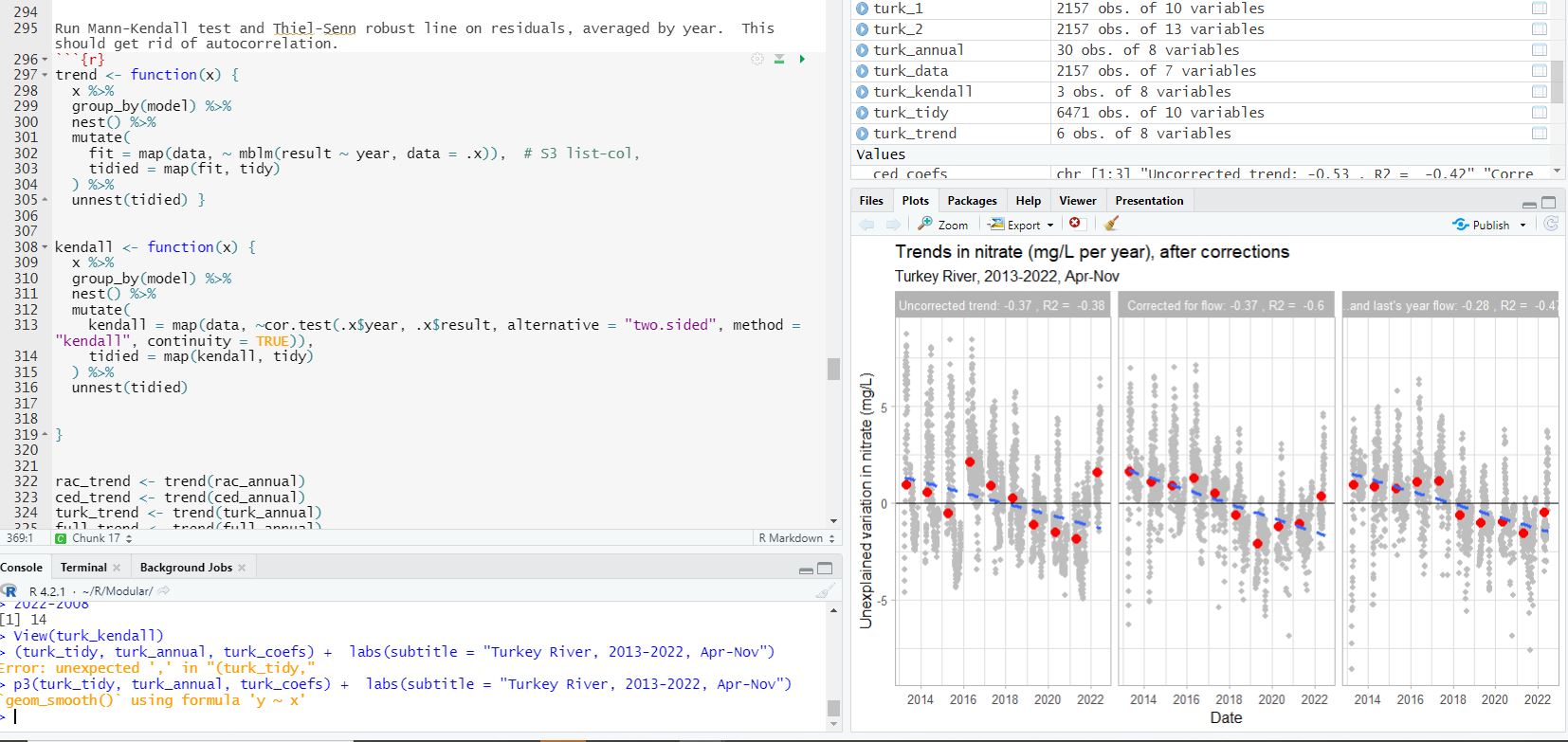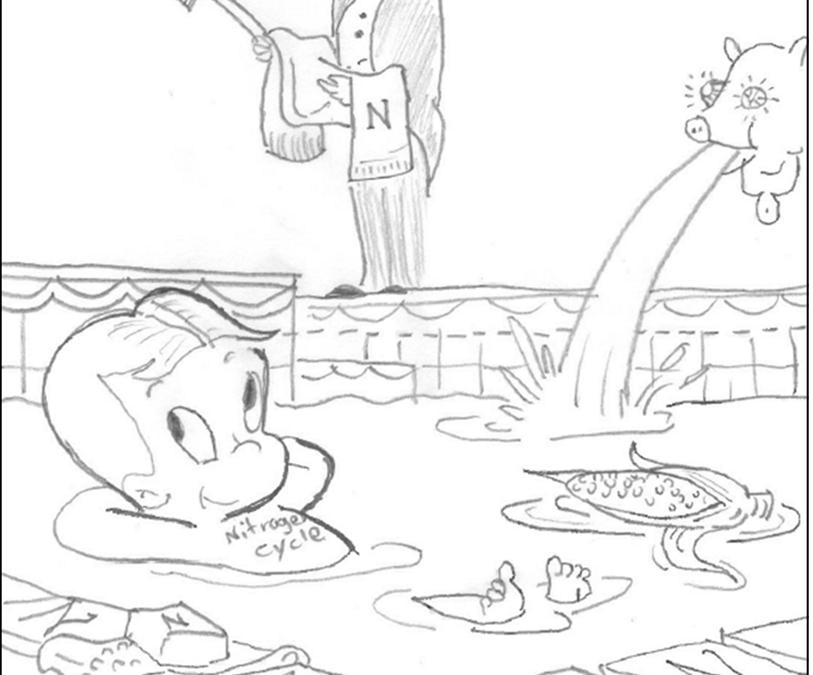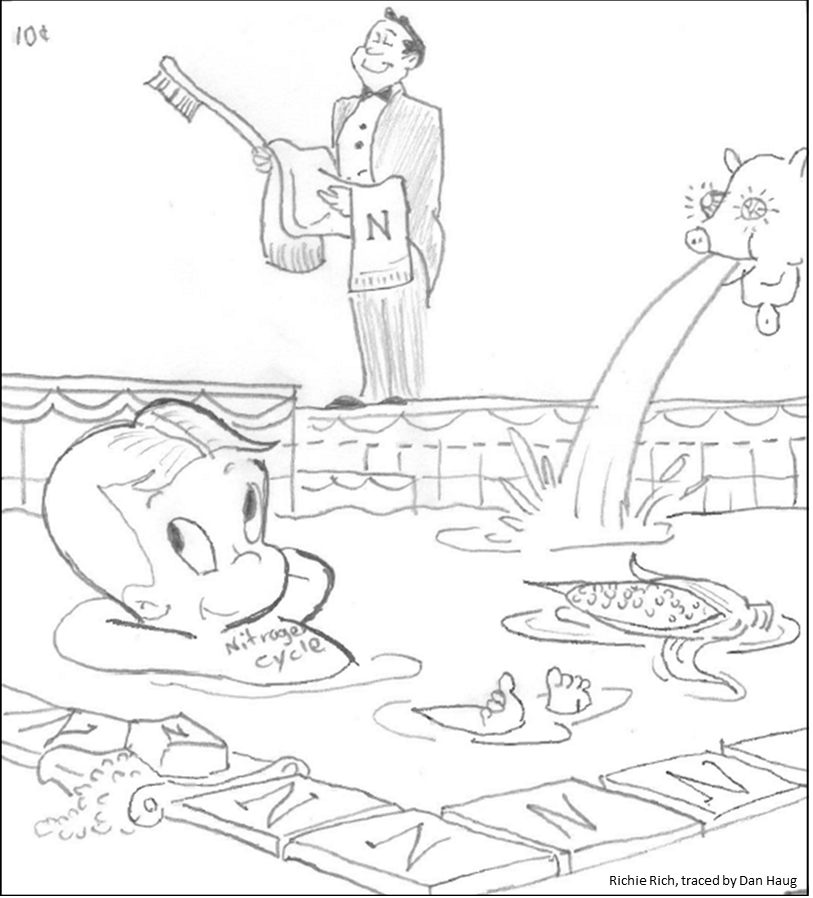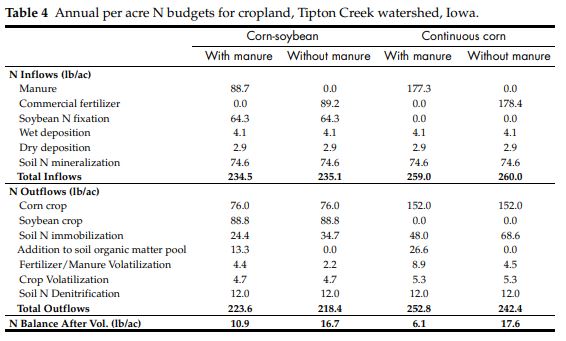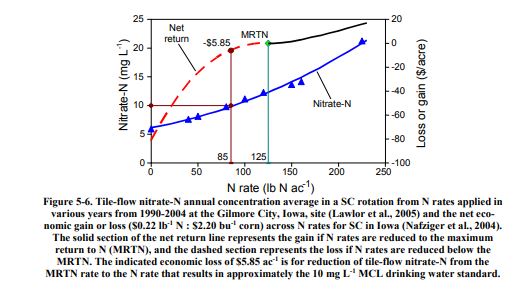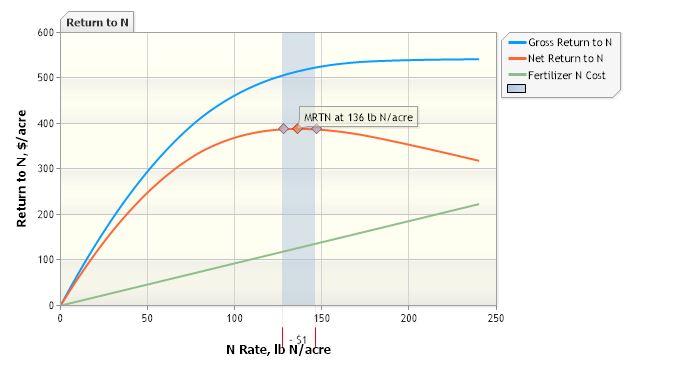
The Real Meaning of WOTUS
Last week at the Iowa Water Conference, I attended several sessions that illustrated of the consequences of paving over wetlands and streams.
This week, the Supreme Court is revisiting the question of which wetlands and streams are subject to the jurisdiction of federal agencies–another chapter in the Waters of the United States (WOTUS) controversy. The importance of this legal back and forth for agriculture and water quality has been greatly exaggerated. In practice, the definitions haven’t changed much and it mostly concerns Section 404 of the Clean Water Act: if your construction project involves running a bulldozer or backhoe in a stream or wetland, do you need to get a permit from the US Army Corps of Engineers?
Prairie Rivers of Iowa generally avoids getting mixed up in politics and policy, but maybe I can shed some light on what’s at stake and what isn’t. Last week I was at the Iowa Water Conference with colleagues from Story County and the City of Ames to give a presentation on our locally-led water monitoring program. While at the conference, I attended several sessions that illustrated of the consequences of paving over wetlands and streams. Shout out to Michael Jansen of Strand Associates, Steve Brown from the City of Dubuque, and Tim Olson and Ryan Benjederdes of Bolton & Menck for sharing their projects.
In Dubuque, a creek called Bee Branch had been put into a pipe to build a business district and a residential neighborhood, but had the habit of backing up into the streets and basements whenever the Mississippi River was high and there was a summer downpour. What used to be the 100 year storm is now the 50 year storm, so the complaints from residents were getting louder and more frequent. The solution was to daylight the creek and turn it into an amenity. The Bee Branch Greenway is beautiful and very thoughtfully designed, but it took a decade to build and cost $250 million.
In a Minneapolis suburb, a wetland complex had been paved over for commercial development prior to the passage of the Clean Water Act. The water the wetlands used to store was regularly backing up into the streets: a 4 inch rain caused 3 feet of flooding). A new transit line opened up some redevelopment opportunities, but the water the wetlands used to store had to go somewhere, so they put it in massive underground chambers. The project included a lot of clever engineering to detain and treat the water within a limited footprint, and a lot of innovative construction to get it installed while keeping the restaurants and stores open, but it came at a cost of $10 million.
A highlight of the conference was seeing Tracy Peterson (who’s helped us with many watershed projects and events) get an award. As an engineer for the City of Ames, Tracy regularly deals with the consequences of past development on rivers in the City of Ames, overseeing projects to reduce flooding on South Duff, clean up runoff on Welch Ave, and control erosion on the South Skunk River and Ioway Creek.
Bottom line, when developers are allowed to pave over wetlands and streams without limit and without mitigation, we pay for it later with flooded basements or big infrastructure projects. There’s a debate to be had over what level of government has the authority to regulate construction in wetlands and waterways and how we should balance the competing interests, but that’s not the debate we’ve had. For a decade, some politicians and interest groups have been claiming that an expanded definition of WOTUS is a threat to farmers. I don’t get it.
In a previous job, I had the pleasure of reading boxes of old permit files and learning about what kinds of activities require a federal dredge/fill permit or state water quality certification. As I recall, farming activities are exempt except for cranberry bogs (this was Wisconsin) and some new drainage ditches. Best I can tell, this issue isn’t really about farmers, it’s about developers. It’s not really about water quality, it’s about flash flooding. It’s not really about the EPA, it’s about the US Army Corps of Engineers. It’s not just about federal overreach, it’s also about state under-reach.
This election season, remember the true meaning of WOTUS. ![]()

